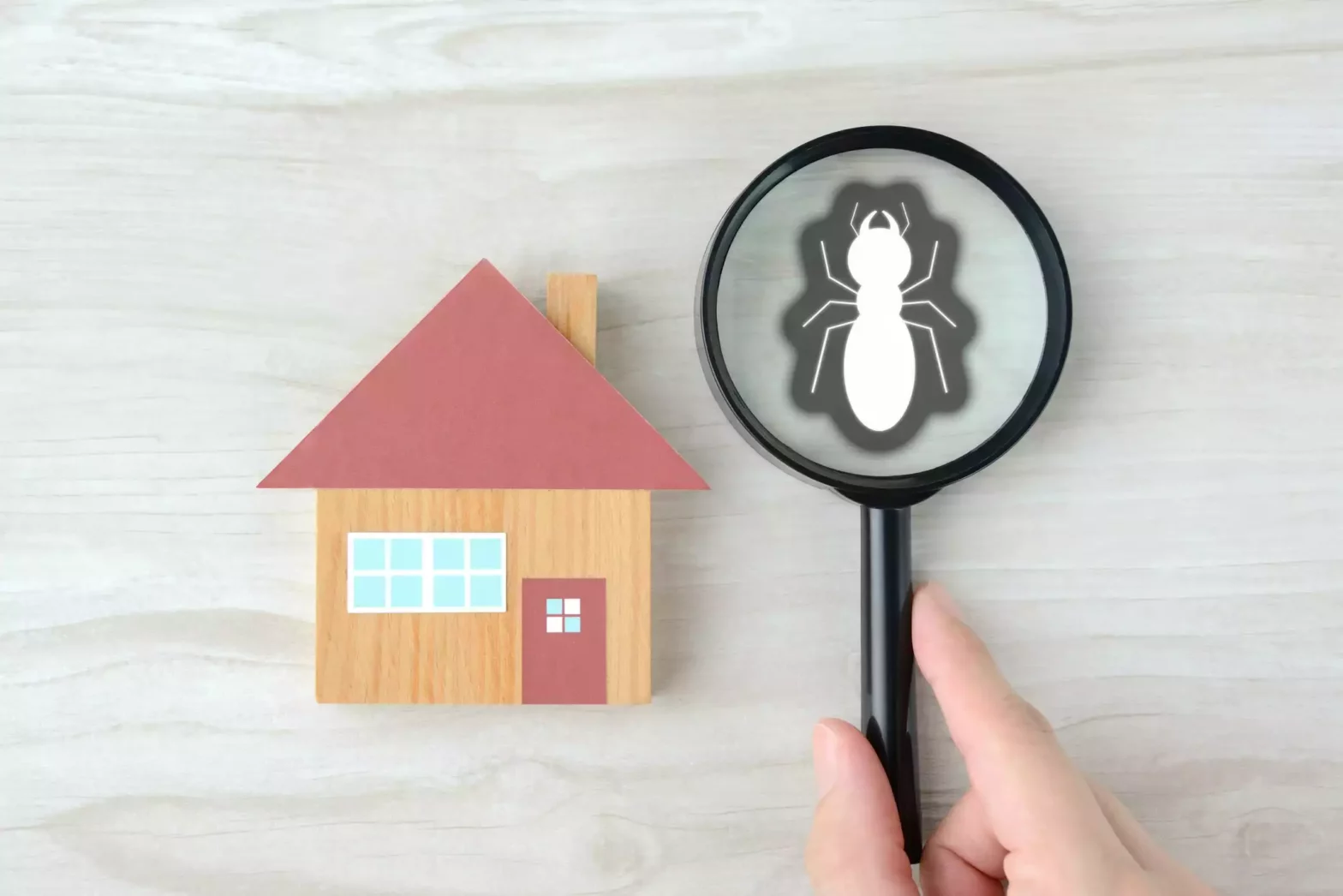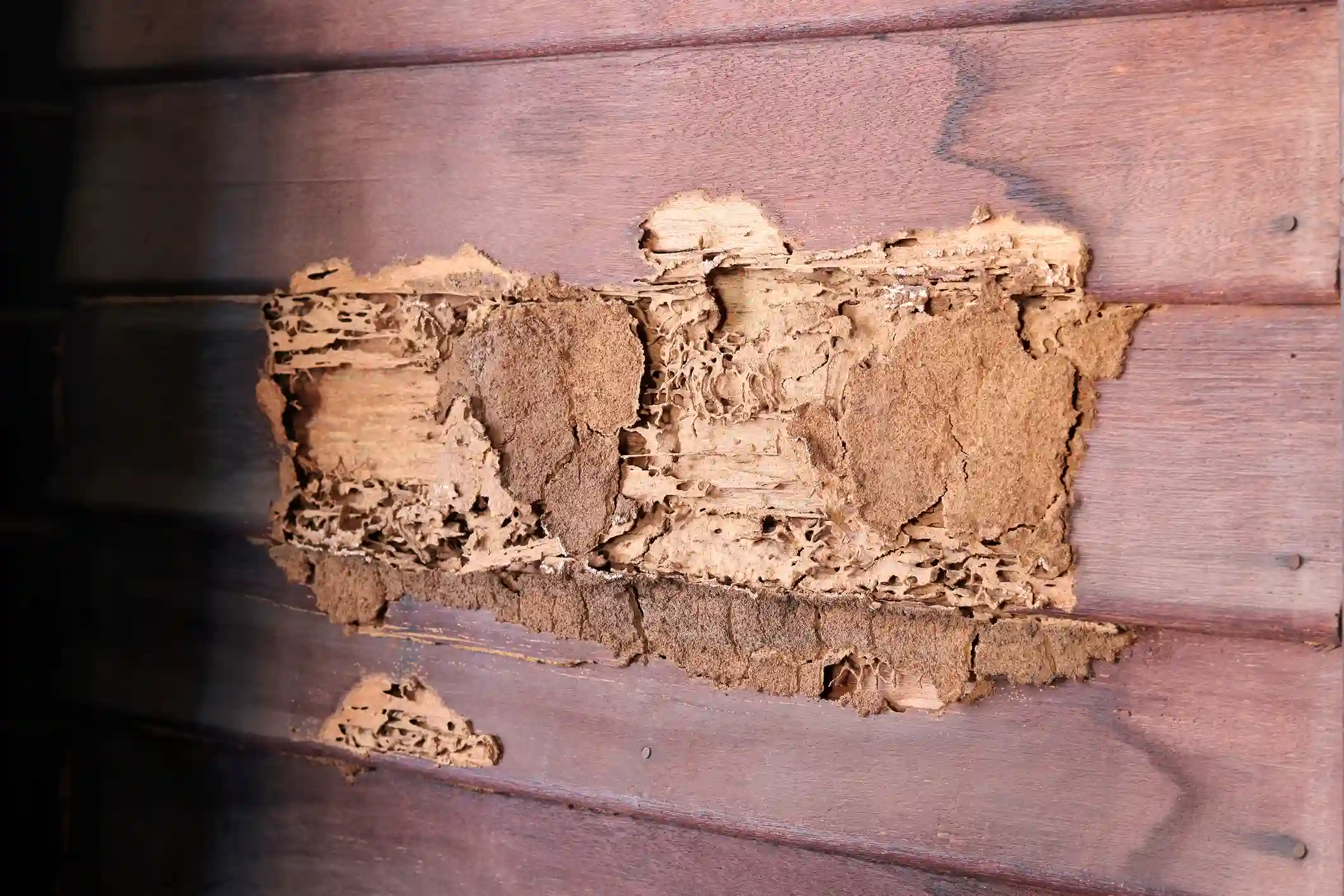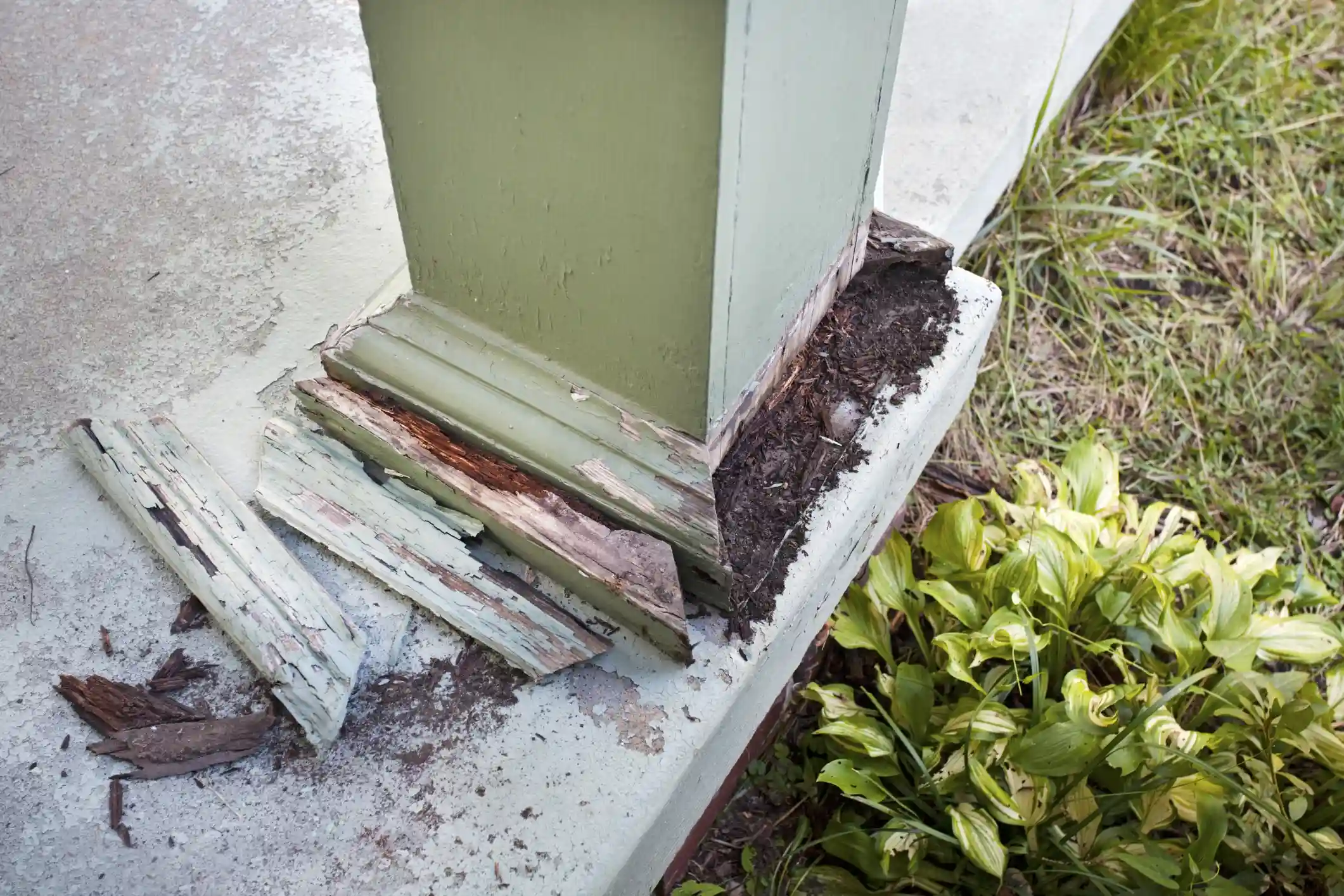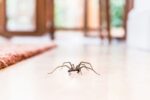
How To Know if You Have Termites
Owning a home in the picturesque landscapes of south Florida is a dream come true for many. But it comes with its share of challenges, especially regarding the threat of termite infestations. In this comprehensive guide, we’ll delve into the concrete and definitive signs that indicate a termite presence in your home. With a little help from Hulett Environmental Services, you can spot the termites before the damage gets worse.
Getting To Know South Florida Termites
Subterranean Termites
Subterranean termites, having some of the most prevalent species, are adept at silent invasion and covert destruction. These termites establish colonies in the soil, utilizing intricate mud tubes to access their preferred food source—wooden structures.
Recognizable by their creamy-white appearance, subterranean termites operate in large colonies with distinct castes comprising workers, soldiers, and reproductive members. Their insidious nature lies in their ability to target the foundational elements of your home, such as support beams and wooden foundations, compromising the structural integrity.
Drywood Termites
Drywood termites also pose a unique challenge for homeowners due to their preference for drywood and their ability to thrive without soil contact. Unlike subterranean termites, they infest wooden structures without constructing external mud tubes. Recognizing these termites demands a keen eye on the signs we’ll cover later and often necessitates professional inspection. Drywood termites are particularly drawn to attics and crawl spaces, favoring the dry environments found in these areas.
Dampwood Termites
Dampwood termites stand out due to their preference for damp and decaying wood. Commonly found in areas with high moisture levels, these termites target wood that’s already been compromised by water damage. Ensuring proper ventilation and promptly addressing leaks are essential preventive measures to discourage their presence in moisture-prone zones.
While their colonies may be smaller than subterranean termites, dampwood termites contribute significantly to the further degradation of decaying wood, including trees and structures. Homeowners in regions prone to excess moisture, like south Florida, should conduct regular inspections to detect and address dampwood termite infestations before they lead to substantial damage.
Structural Changes

Damaged Timber
One of the most definitive signs of a termite infestation is the damage they inflict upon timber. Termites have a voracious appetite for wood, and over time, their activity can compromise the structural integrity of your home. Be vigilant for noticeable changes in wooden surfaces, such as small holes, grooves, or a hollow sound when tapping on the wood. These signs may indicate an advanced stage of infestation, warranting immediate attention.
Hollow-Sounding Wood
As termite colonies devour the wood within your walls, floors, and ceilings, they create hollow spaces. While this may not always be visible to the naked eye, a hollow sound when tapping on wood can be a strong indicator of termite activity. Regularly inspecting areas prone to termite infestations, such as attics, basements, and crawl spaces, can help homeowners identify this subtle but crucial sign.
Termite Larvae
Spotting termite larvae, also referred to as “workers”, is a clear sign that an infestation is in progress. These tiny, pale insects are often mistaken for ants, but a closer look reveals their distinct characteristics. Termite larvae are soft-bodied and appear translucent, showcasing their developmental stage within the colony. Some larvae will develop into termite swarmers, which are winged and can be found flying within the home around windows, doors, and lights. Swarmers can also be a telltale sign of termite activity. If you are seeing either crawling or flying termites, this can be a clear sign that more termites and the damage they cause are to come, so don’t delay your treatment.
When To Treat for Termites
Understanding Termite Treatment Options
Once the presence of termites is confirmed, timely treatment is essential to prevent further damage. If you own a home in south Florida, keep it protected with effective termite treatment options. These include a liquid defense treatment to safeguard the perimeter of your home from underground invasion, colony elimination by using Sentricon bait systems, fumigation, and the tentless drywood termite treatment called the “No-Tent”. Each method has advantages and considerations, making it crucial to consult with a professional pest controller to determine the most suitable approach for your situation.
The Importance of Professional Assessment
While DIY termite treatments may be tempting, the complexity of termite infestations necessitates professional assessment and intervention. The termite control experts from Hulett have the knowledge and experience to identify the extent of the infestation, recommend appropriate treatments, and implement preventive measures to protect your home in the long run.
Take Swift Action Against Termites in Florida

In south Florida, where the climate is ideal for termite activity, you must proactively identify and address termite infestations. Recognizing concrete signs such as damaged timber, hollow-sounding wood, swarming termites, and the presence of termite larvae is crucial for early intervention.
By staying informed and taking swift action, you can reclaim control over your home and enjoy a comfortable, healthy, and structurally sound environment. Don’t let these silent invaders compromise your investment—act decisively and call Hulett to schedule your inspection today!




